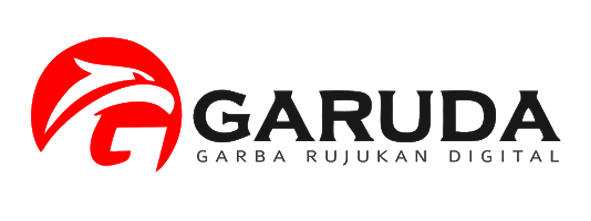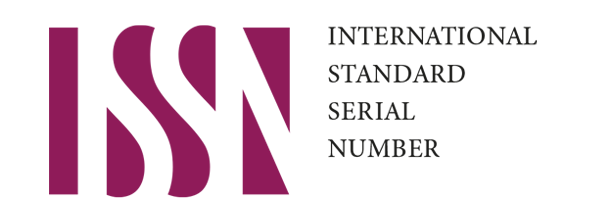Improving Students Critical Thinking Skills Using the Door Model in Elementary School Students
DOI:
https://doi.org/10.51178/jsr.v5i2.2007Keywords:
Activities, Learning Outcomes, Critical Thinking Skills, Pintu ModelAbstract
The problems in this study are the low level of mobility, critical thinking skills and learning outcomes of fifth grade students. Lack of motivation, lack of critical thinking skills, and low interest in learning affect learning outcomes. The solution to overcome these problems is to use the PINTU model (project based learning, investigative group, and numbered heads together) in learning. This study aims to describe teacher activities and analyze changes in student activity, critical thinking skills, and student learning outcomes in the natural science content material on the properties and shapes of objects. By using qualitative and quantitative methods of classroom action research (CAR), this research took place in three sessions in class V SDN Habau Hulu (consisting of 10 students). The types of data presented include data on teacher and student activities, critical thinking skills through observation, questionnaires, and student learning outcomes through tests and observations. Indicators of research success and learning completeness were 85% of students achieving KKM scores ? 70. The learning results showed that the number of sessions per session increased along with the acquisition of teacher activity in the implemented learning model, obtained points in Session I of 21 points, Session II of 26 points, and Session II of 28 points. Third Session The level of student activity was 70% in Session I, 80% in Session II, and 100% in Session III. Students’ critical thinking abilities were 60% in Session I, 70% in Session II, and 83% in Session III, increasing to 90%.Meanwhile, the completeness of student learning outcomes in the first session was 40%, the second session was 60%, and the third session was 90%.
Downloads
Published
Issue
Section
License
Copyright (c) 2024 Education Achievement: Journal of Science and Research

This work is licensed under a Creative Commons Attribution-ShareAlike 4.0 International License.














